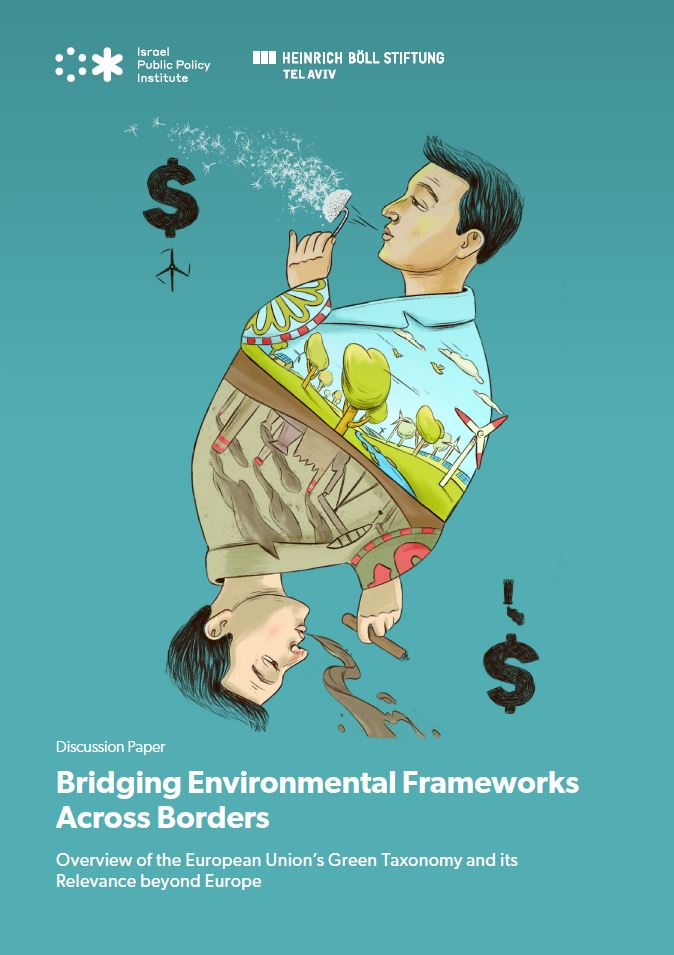Bridging Environmental Frameworks Across Borders: Overview of the European Union’s Green Taxonomy and its Relevance beyond Europe

Share this Post
The European Union’s “Green Deal,” initiated by the 2019-elected EU Commission, stands as a symbol of Europe’s resolute march towards sustainability. Its ambitious goal aims to transform Europe into the first climate-neutral continent by redefining its economy to be both modern and “green”. This strategy melds economic and environmental objectives, fostering a new ethos in business practices. Expected to ignite innovation within European companies, the Green Deal creates new competitive advantages to meet the burgeoning demand for sustainable solutions, potentially inspiring similar initiatives in other regions.
The unique significance of the Green Deal, as framed globally by EU Commission President Ursula von der Leyen, who likened it to a “man on the moon moment,” has found resonance worldwide. Many jurisdictions have begun adopting similar sustainability programs, often in collaboration with European institutions, signaling a global shift towards greener economies.
At the heart of the Green Deal lies the EU Taxonomy, an intricate yet pivotal element. Emerging from the 2018 “Action Plan on Financing Sustainable Growth,” the Taxonomy serves as a classification system to steer and measure sustainable economic activities. It standardizes what constitutes sustainable investment, offering clarity and transparency for investors and companies alike. This system is critical for aligning financial flows with the Green Deal’s objectives, ensuring that investments contribute to environmental sustainability. Despite its complexity, the EU Taxonomy stands as a cornerstone of the EU’s shift towards a sustainable economy, influencing financial and business practices across the continent.
The EU Commission’s pioneering efforts to enact legislation tied to the Action Plan and Green Deal have encountered numerous challenges, resulting in a mixed record of achievements and criticisms, particularly regarding the EU Taxonomy. Yet, the indispensable role of the EU Taxonomy in bolstering the Green Deal and enhancing its global influence is unmistakable. Reflecting on its shortcomings is crucial, not only for refining the EU’s regulatory framework “at home” but also for inspiring and guiding similar initiatives outside the EU.
Against this backdrop, this discussion paper delves into the intricacies of the EU Taxonomy, exploring its background, regulatory context, lessons learned, and its potential and relevance for jurisdictions outside the EU.
The opinions expressed in this text are solely that of the author/s and do not necessarily reflect the views of the Israel Public Policy Institute (IPPI) and/or its partners.
Download Full Publication
Bridging Environmental Frameworks Across Borders: Overview of the European Union’s Green Taxonomy and its Relevance beyond Europe

Share this Post

Navigating the Future: Germany's Autonomous Driving Act
The Autonomous Driving Act took effect in Germany on July 28, 2021, introducing significant and comprehensive amendments to…

Trends in Privacy Enforcement: A Comparative Analysis of post-GDPR Enforcement Styles
Advancements in computation, along with a permissive political economy, have been creating significant financial benefits for data exploitation,…

Climate change solutions: An overview of innovative technologies
The urgent threat of climate change requires swift and decisive action from all quarters. As called for in…
